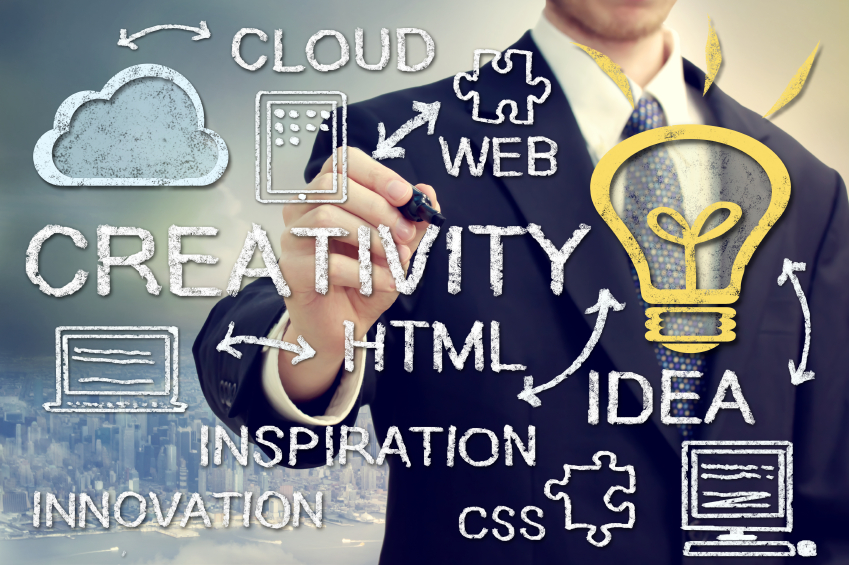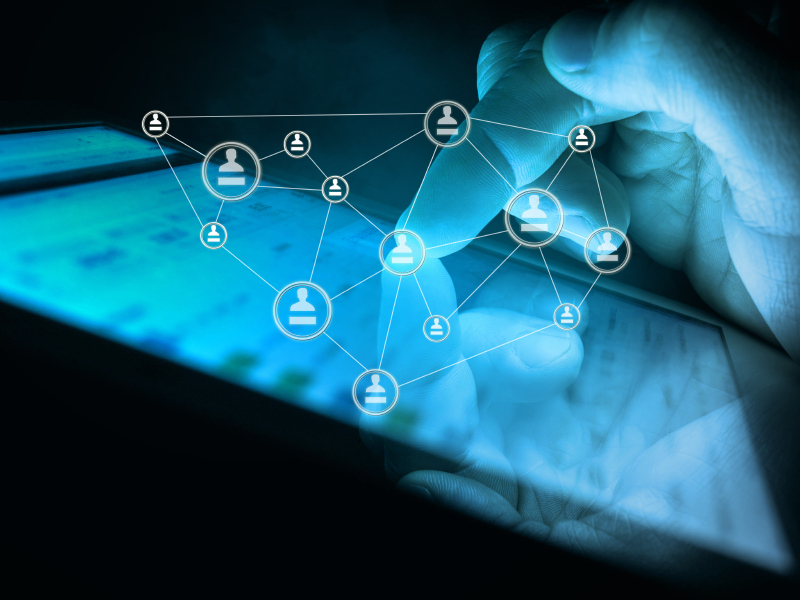
4 Mobile Application Development Trends This Year
Developers don’t need us telling them that the mobile application development landscape changes constantly. But let’s pause just for a minute and look at how it’s changing. The best place to start is with the 2015 State of the Developer Nation report from VisionMobile. According to the report, there are 4 trends mobile app developers should be taking note of.- Apple’s Swift
- Growth of Cross-Platform Tools
- Enterprise Apps Are Making More Cash than Consumer Apps
- The Internet of Things is Super-Hot
So we get a picture of a mobile application development market that is evolving rapidly in pretty much everything from languages and tools to economics and device platforms. Keeping up with the changes can be just as challenging as doing your actual job. But that’s exactly why mobile is such an exciting endeavor right now.
Want to know which apps are tops for 2015? Check out my blog, 9 Great Apps for 2015.



